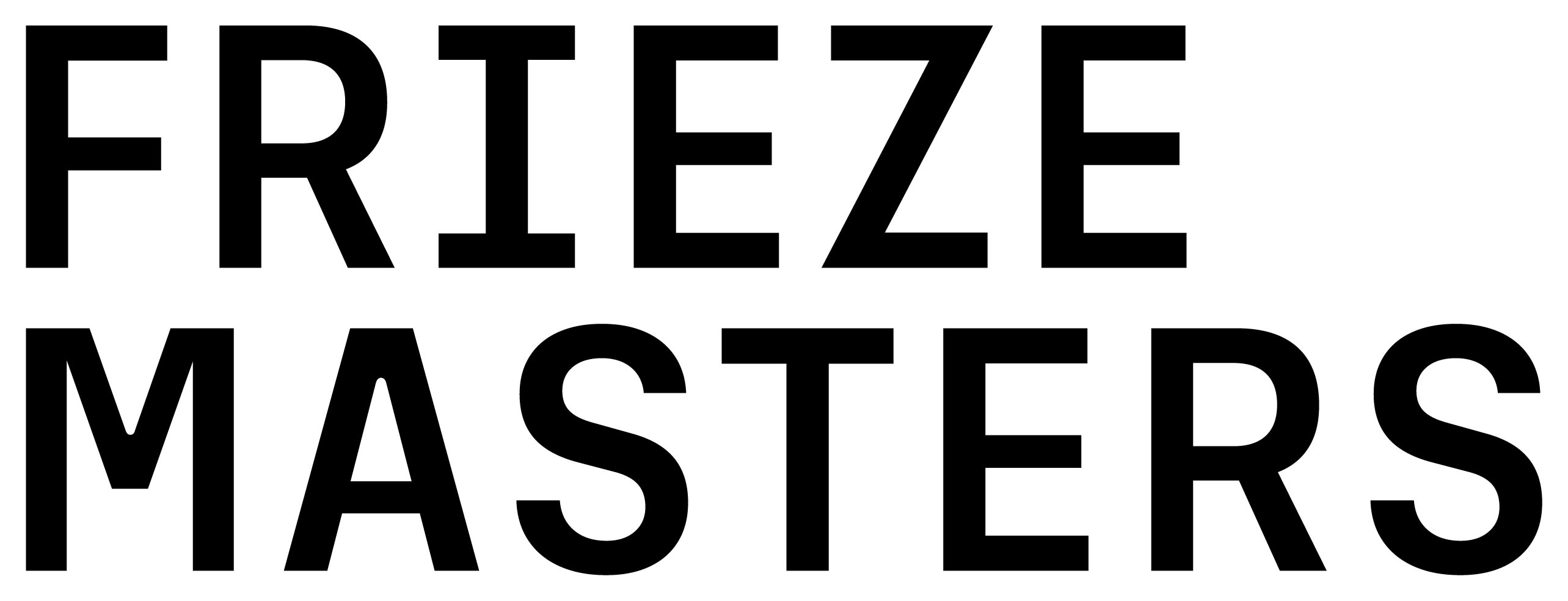 Booth G10
Booth G10
“The sense of motion in painting and sculpture has long been considered as one of the primary elements of the composition.” – Alexander Calder
Omer Tiroche Gallery presents a curated selection of works by artists who explored Geometric Abstraction. Exploring the dynamic interplay between colour, light, movement, and perception, the presentation features artworks by pioneering figures including Josef Albers, Alexander Calder, Bridget Riley, Frank Stella, and Victor Vasarely. The exhibition examines how these artists investigate and manipulate motion, whether physical, optical, or conceptual, to challenge static forms through their innovative approaches to perceptual experience.
The interplay between colour and form emerges as a primary vehicle for creating kinetic effects within static media. Through systematic colour interactions, carefully arranged bands and geometric patterns seem to advance and recede, generating optical movement that challenges the flatness of the picture plane. Frank Stella's Scramble: Green Double/ Left N, Right 8, 1977, exemplifies this approach. The dynamic geometric forms push abstraction into three-dimensional space, even within a flat canvas. Stella’s composition relies on symmetry and colour relationships to manipulate the two-dimensional picture, transforming the static canvas into a complex and dynamic work that pushes past the flat plane into a space of depth and dimension. Josef Albers’ Study for Homage to the Square, 1973, similarly utilises colour and spatial tension as active elements that shape the viewer’s perception, infusing movement into a flat canvas. This work further demonstrates Albers’ strong influence on the Op Art movement through its focus on the manipulation of visual cognition and the introduction of kinetic effects into a motionless medium.
As a foundational figure in the Op Art movement, Victor Vasarely demonstrated how systematic visual language could generate kinetic effects within static compositions. His interlocking forms appear to shift, pulse, and vibrate before the viewer's eyes, using colour interaction and spatial ambiguity to activate perception itself. The monumental canvas Verseit, 1982, employs his signature vocabulary of interlocking forms that appear to shift and pulse before the viewer's eyes. Similarly, Bridget Riley’s optical paintings inject dynamic movement into the static form. A pioneering member of the Op Art movement, her meticulously formed geometric patterns seem to ripple and vibrate, engaging the eye in continuous motion. Through precise manipulation of line, form, and colour relationships, she transformed canvases into kinetic experiences that actively engage the viewer’s optical awareness. Her offset bands and geometric patterns create shimmering, destabilising visual experiences that engage the eye in continuous motion, transforming paintings into active perceptual encounters.
Alexander Calder's works exemplify the transformation of sculpture from fixed object to living form. Petit poteau jaune (Little Yellow Post), 1963, a delicate construction of sheet metal, rod, and wire, demonstrates his revolutionary approach to balance and movement. The suspended elements respond to subtle environmental shifts, creating an ever-evolving spatial dialogue between the viewer and the sculpture. His 1972 gouache Cacti captures the same spirit of organic movement through bold, gestural forms and colours that seem to dance across the paper.
Günther Uecker's Lichtscheibe, 1994, employs his distinctive technique of hammered nails to manipulate light and shadow. The protruding nails dynamically interact with their environment, composing a shifting, rotating interplay between shadow and light that responds to the viewer’s movement through space, establishing a dialogue between artwork and observer. The illuminated and electrified work transforms as light moves across its tactile surface, creating ephemeral patterns that shift with the viewer’s perspective. Uecker’s careful material intervention bridges sculpture and painting, making light itself a sculptural element.
Together, the works in this presentation reveal how movement and perception can be activated through diverse artistic strategies, from physical kinetics to optical phenomena, from light manipulation to colour interaction. The exhibition invites viewers into an immersive experience where art is never truly static but continuously evolving through our engagement with it. These pioneering artists established new paradigms for understanding how we perceive space, colour, and form, transforming the viewing experience into an active, dynamic encounter that challenges our relationship to visual art.







